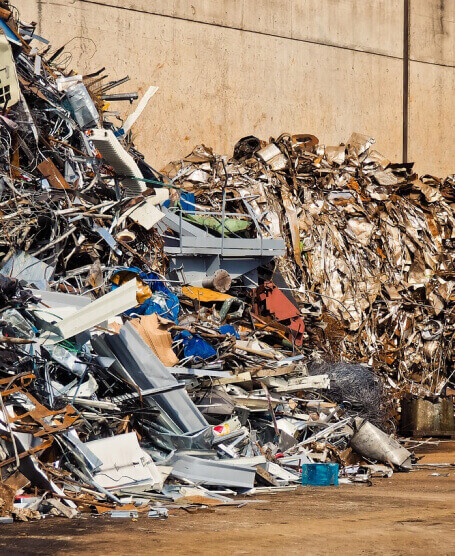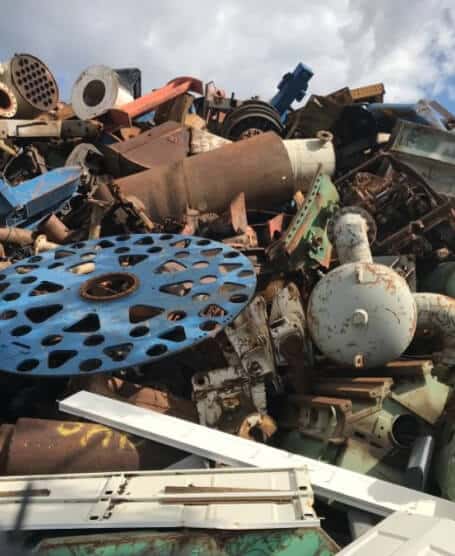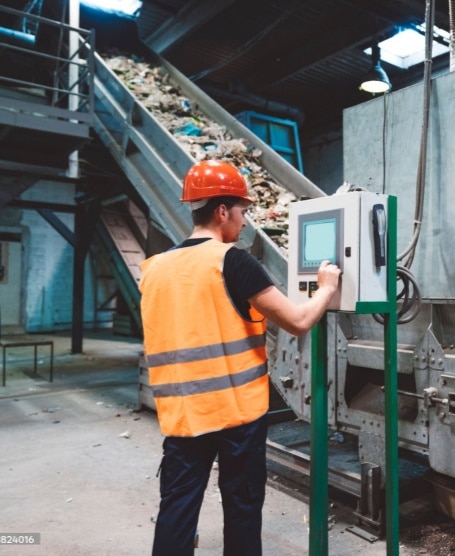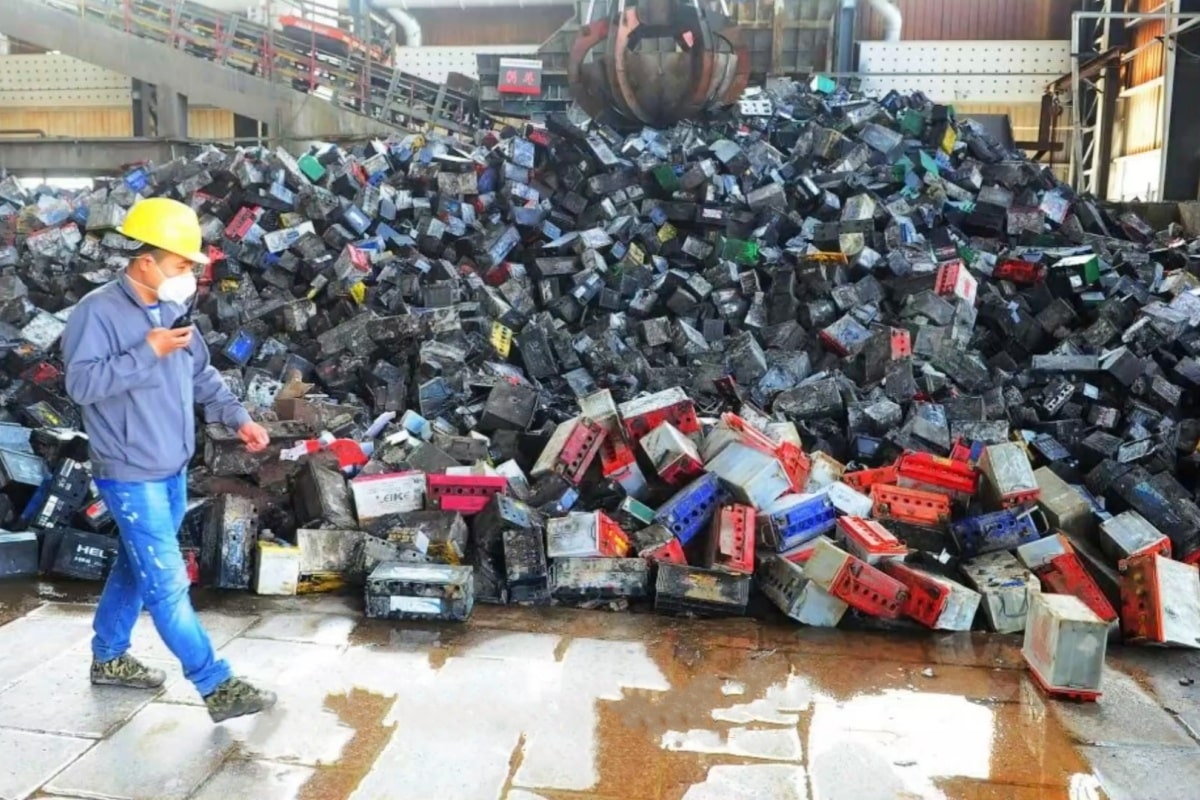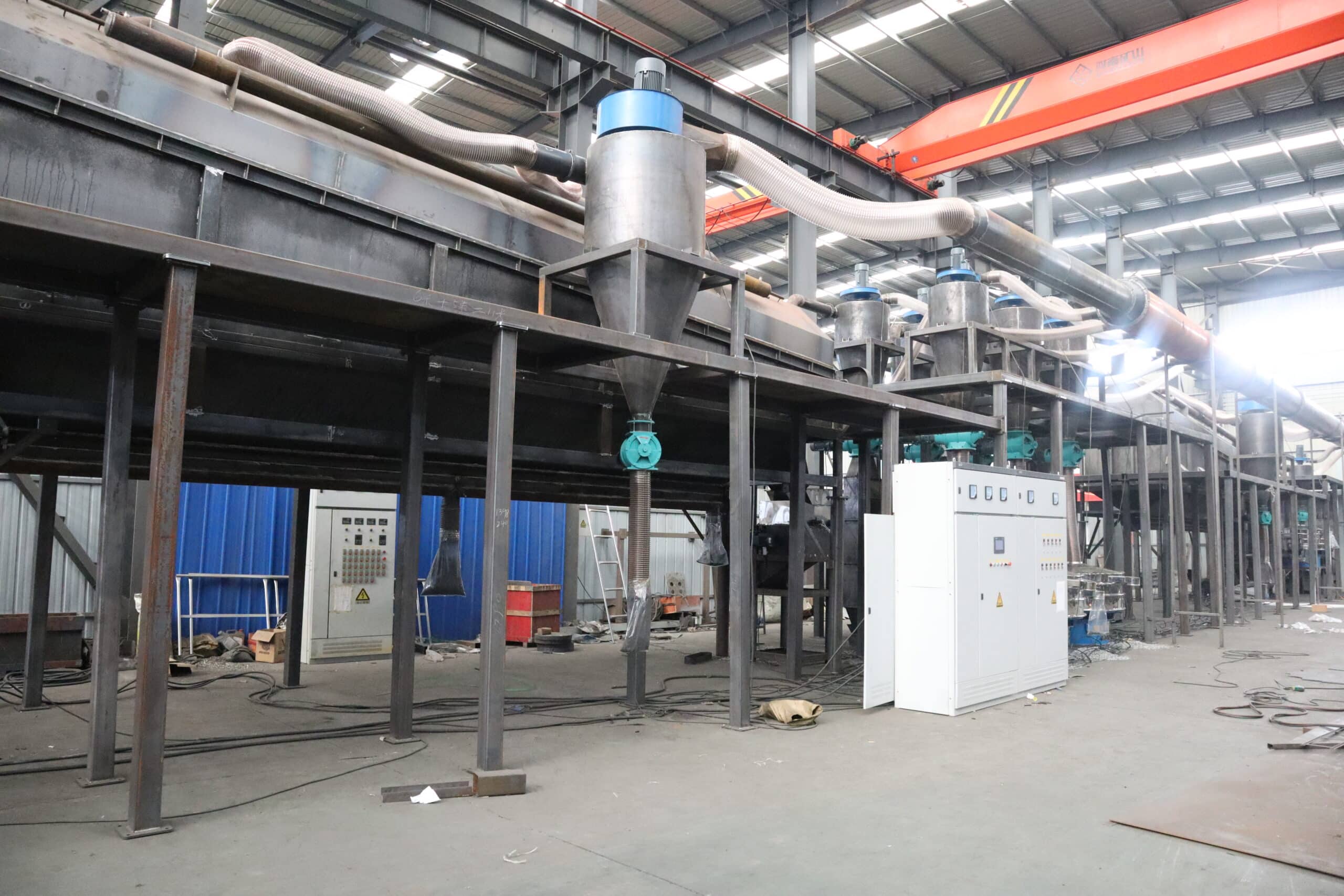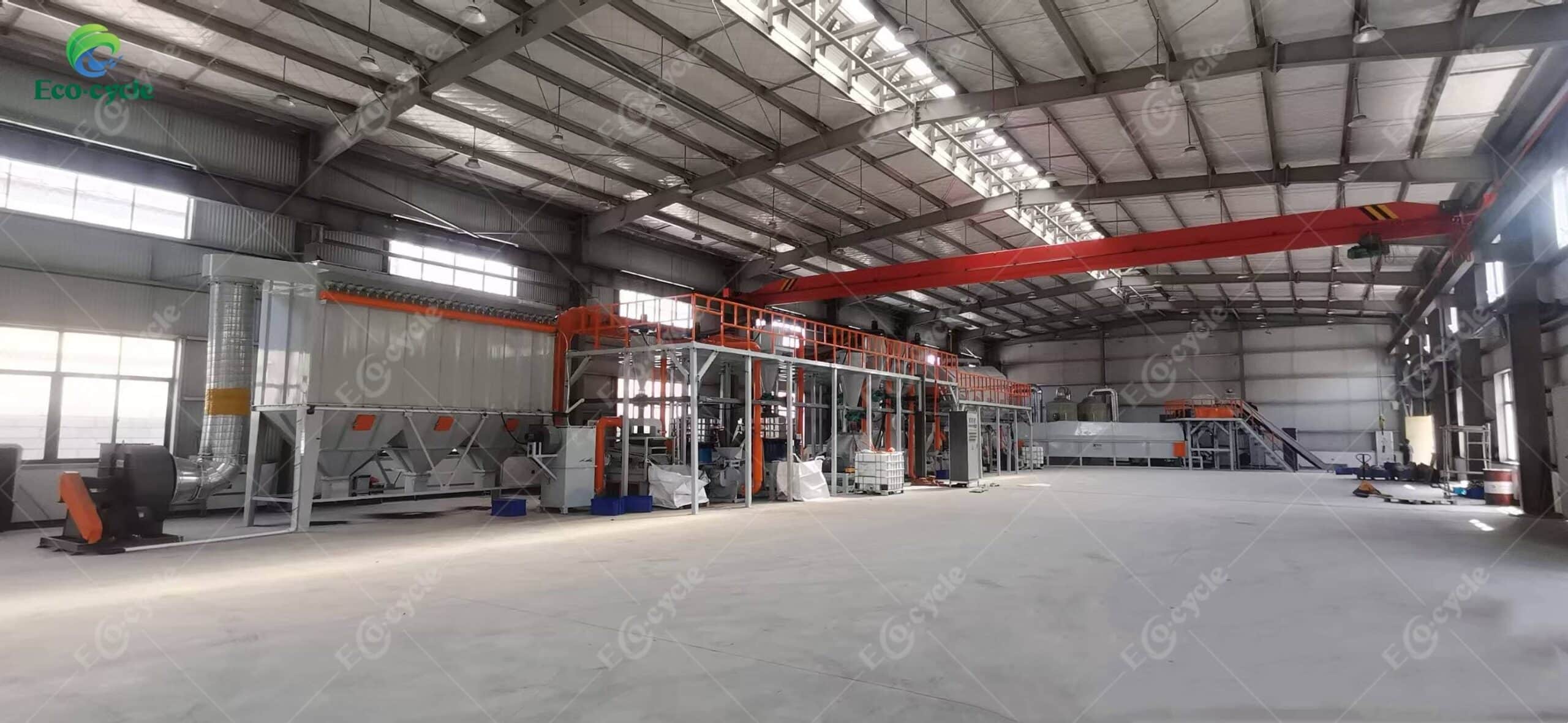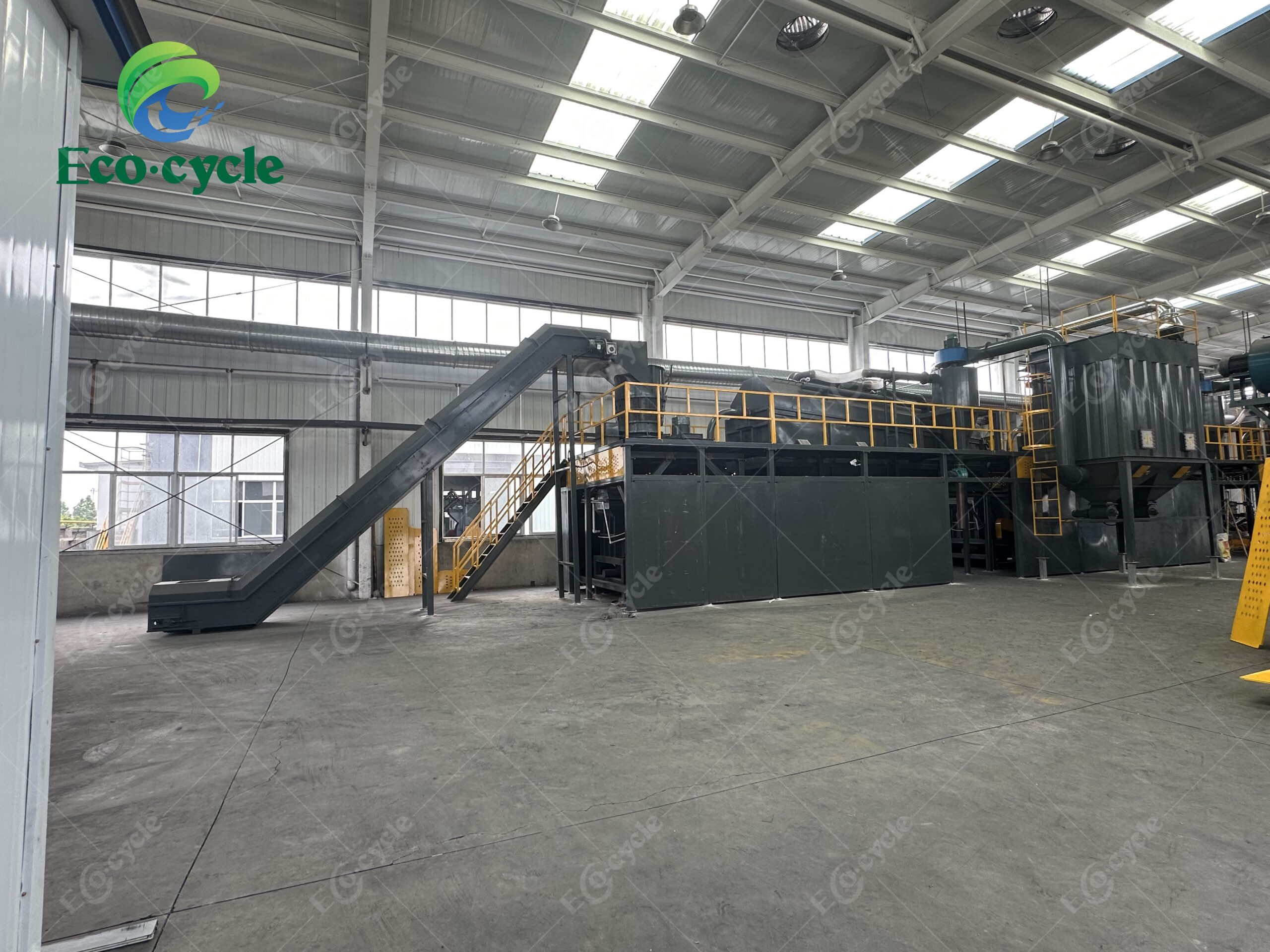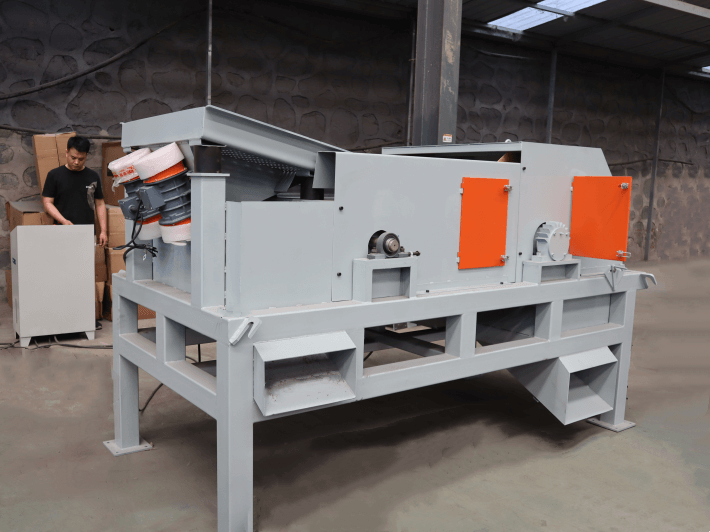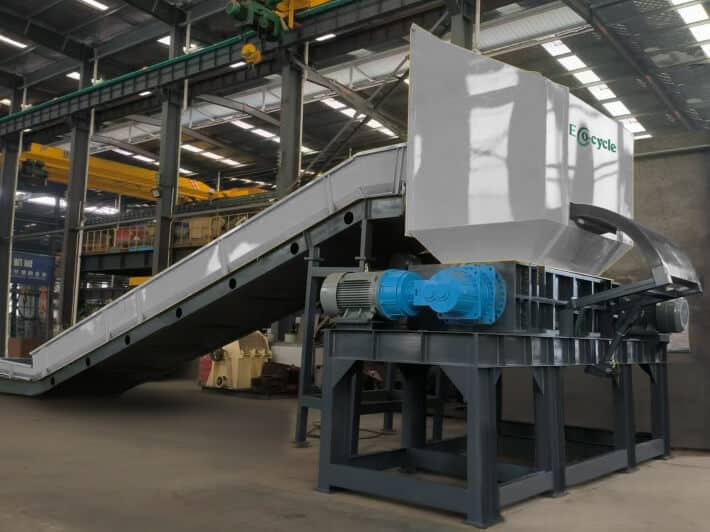Battery electrodes, as the core component of battery cells, account for over 60% of the recycling value of the entire battery. Efficiently separating the metal and active materials in the electrodes is a key step in the resource utilization of used batteries.
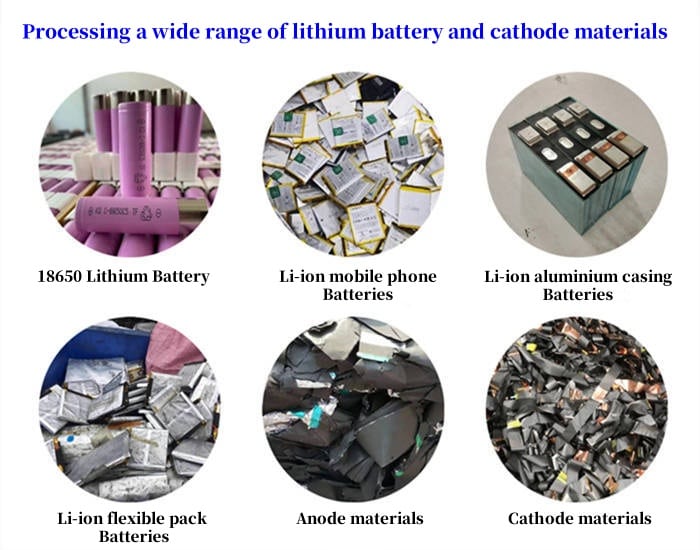
System Structure and Process Flow
The battery electrode recycling system utilizes a closed-loop process design consisting of pre-shredding, multi-stage crushing, multi-stage screening, multi-stage aggregation, and integrated dust removal. By combining gravity flow and pneumatic conveying, it achieves continuous, automated, and dust-free operation.
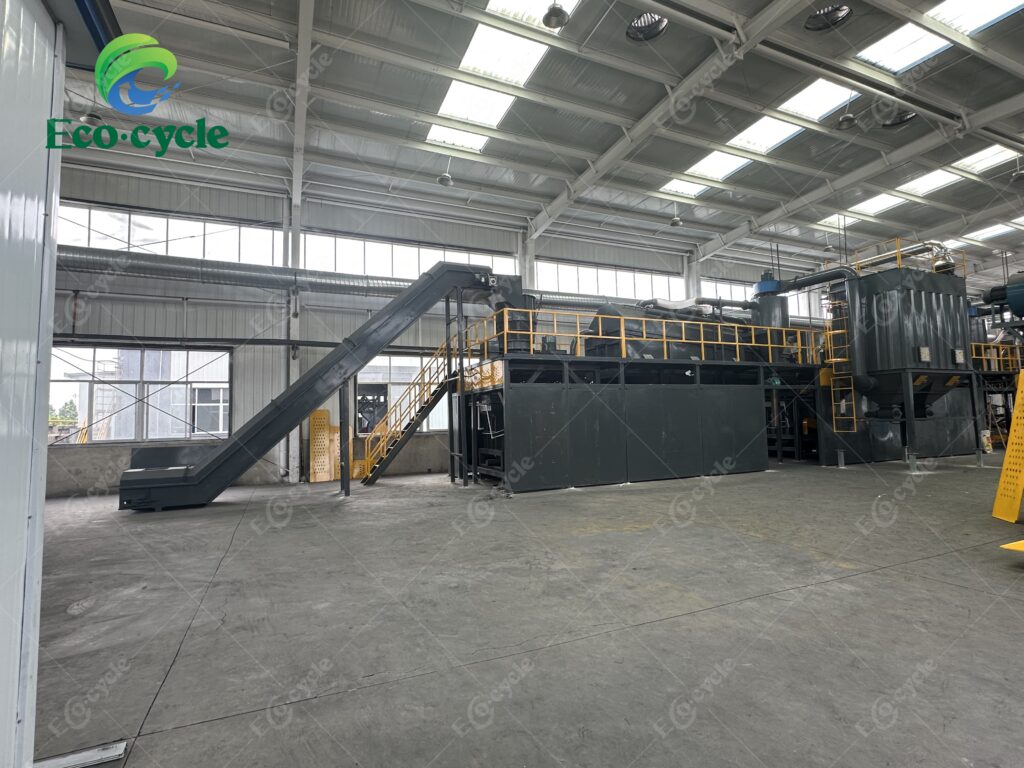
High-value utilization of recycled products
Copper/aluminum foil: High-purity metals that can be directly recycled or used in new battery production
Black mass: Contains valuable metals such as lithium, cobalt, nickel, and manganese,extracted and reused through hydrometallurgical extraction
Graphite powder: After purification, it can be used in energy storage, lubrication, and battery anodes

Environmental protection and market prospects
Complies with industry standards for the comprehensive utilization of used power batteries from new energy vehicles
Supports the development of a national power battery traceability management platform
It is estimated that by 2025, my country will have nearly 800,000 tons of retired power batteries, creating a huge demand for processing
Through structural innovation, intelligent control, and environmentally friendly design, the battery electrode recycling and processing system establishes an efficient, safe, and sustainable resource utilization path, providing solid support for the new energy industry’s closed-loop ecosystem of “production-use-recycling-regeneration-remanufacturing.”

